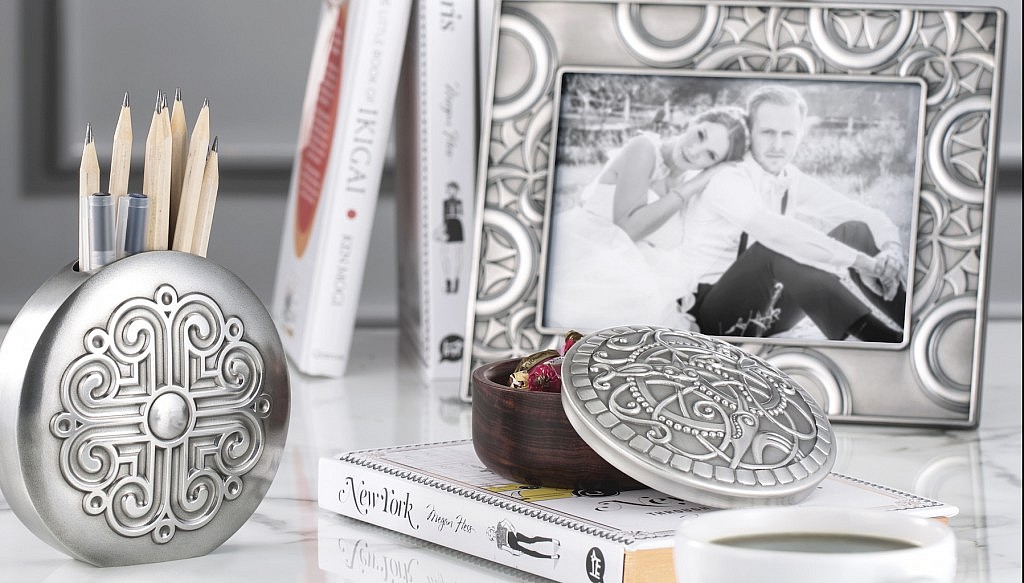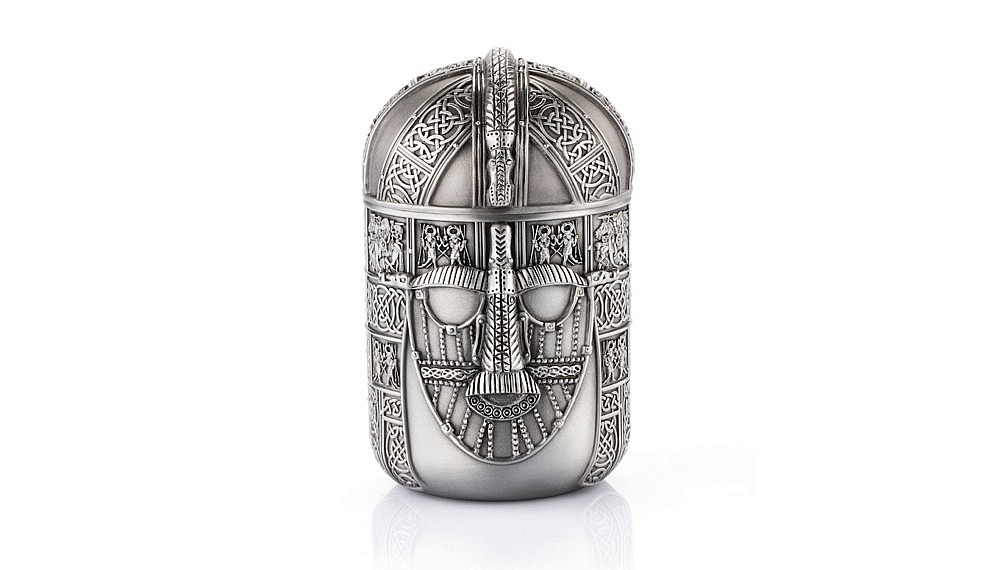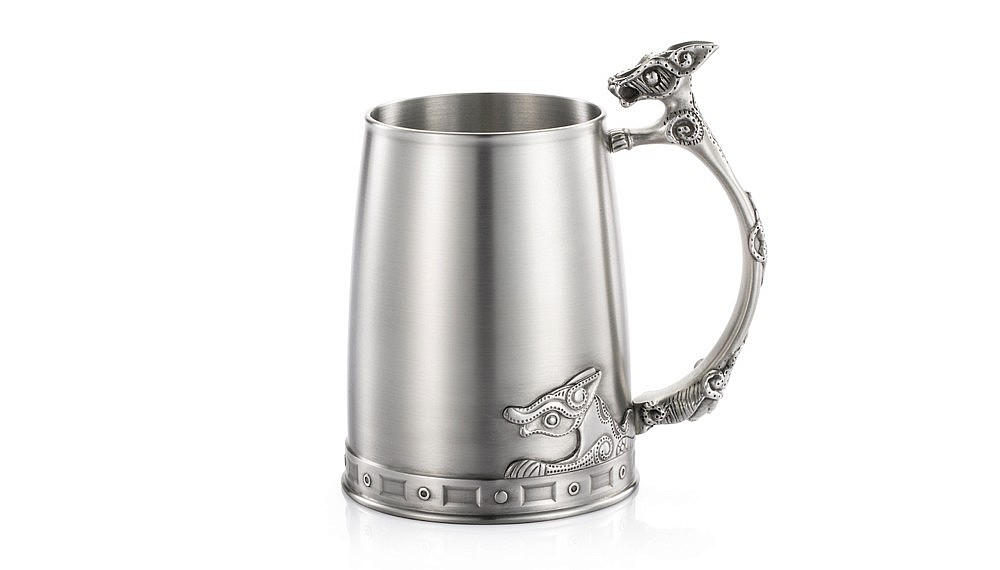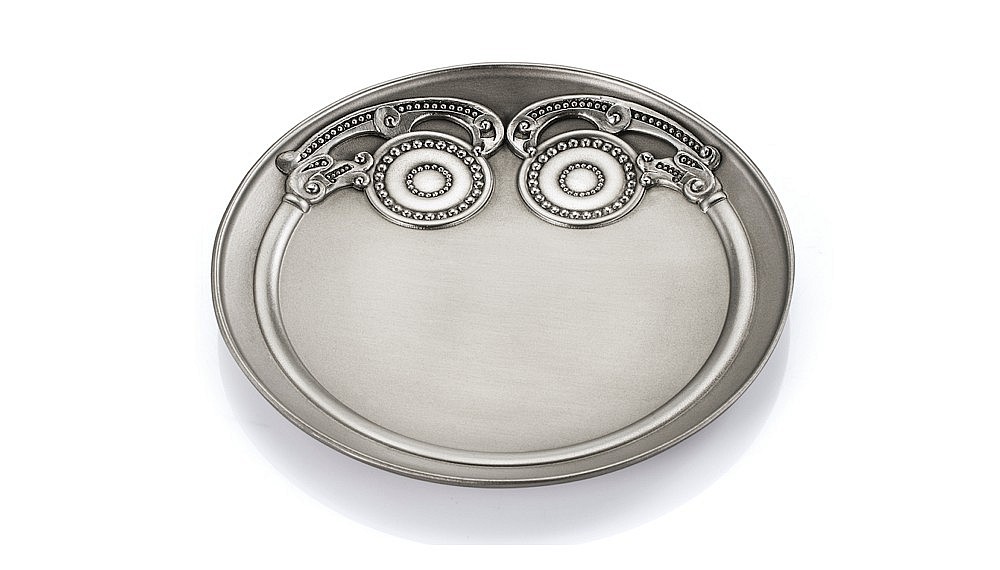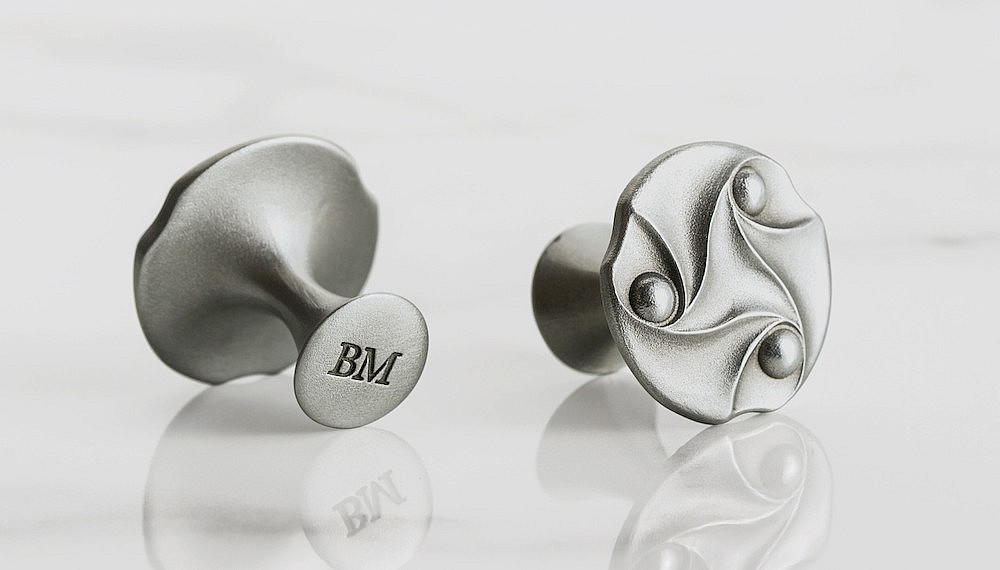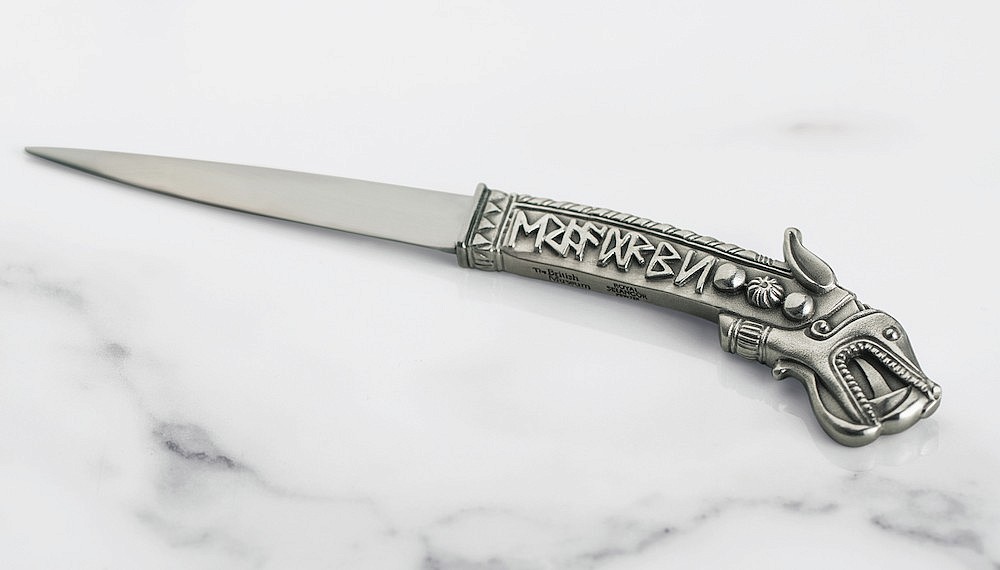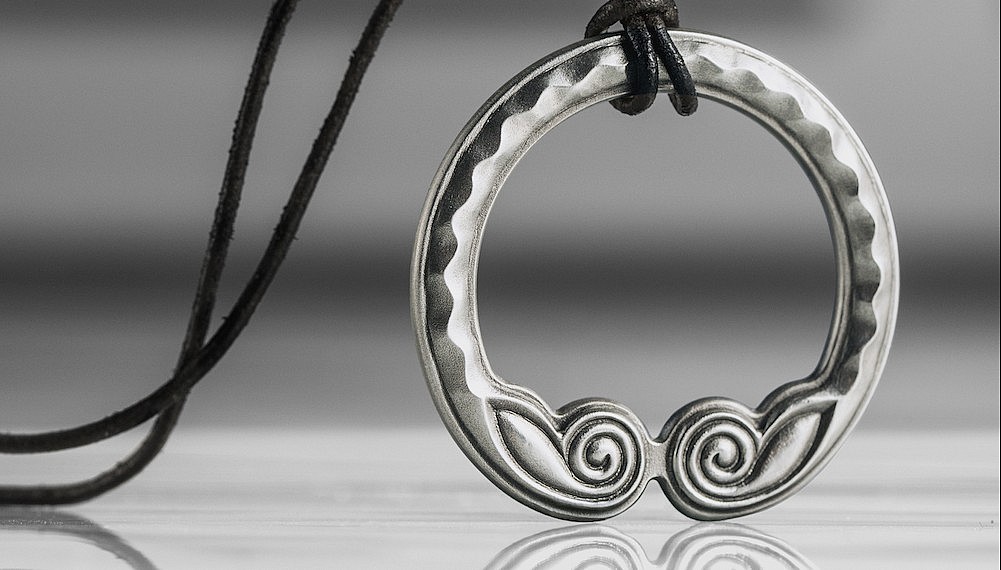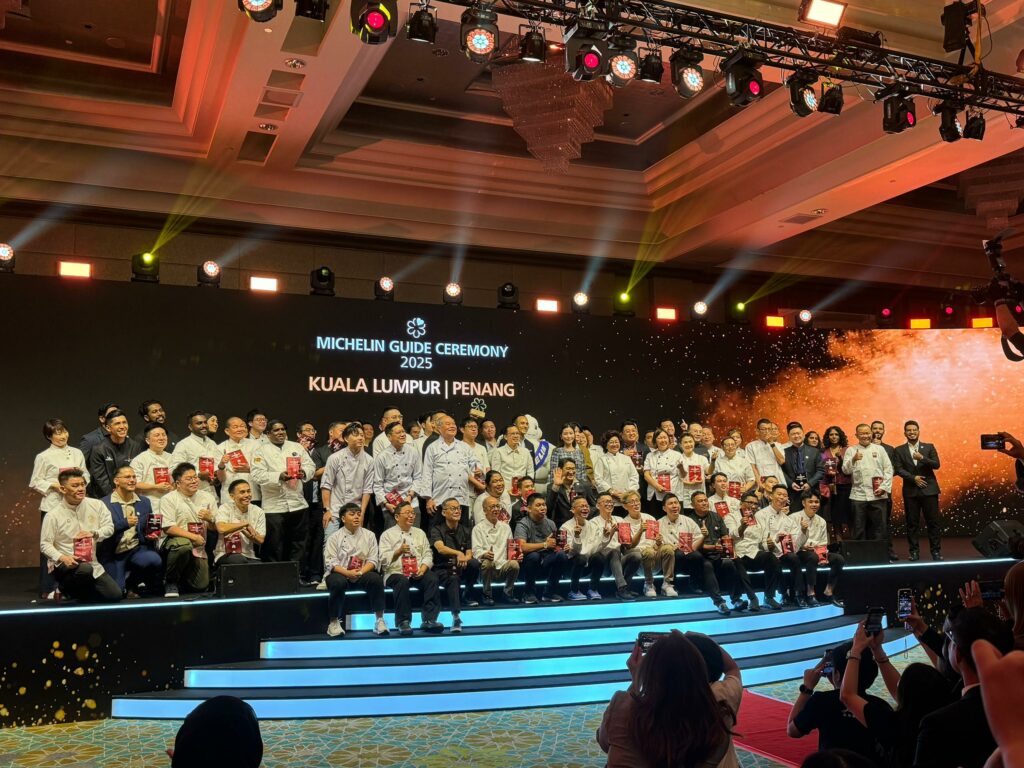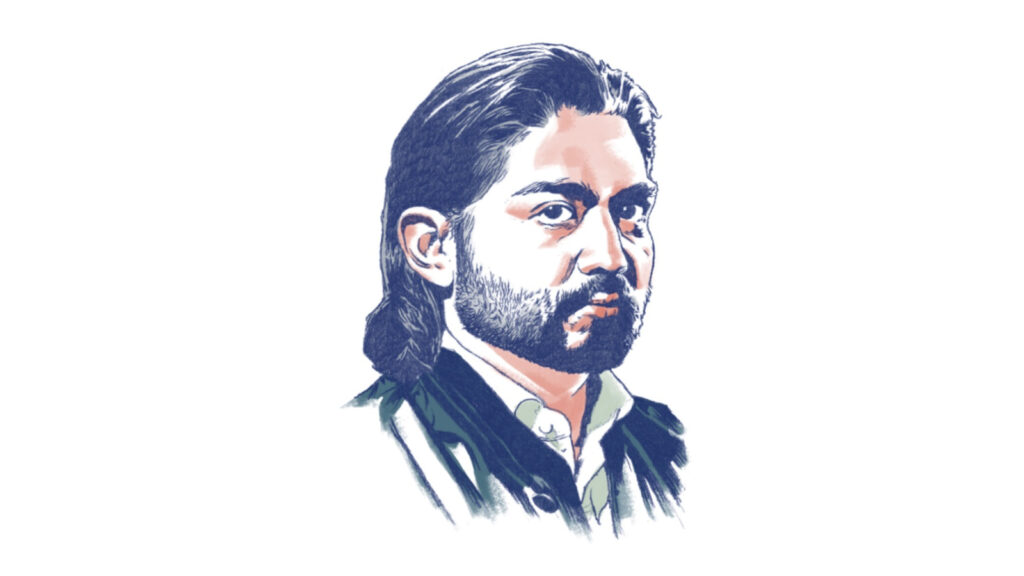Treasures of the British Museum, rendered in pewter
Royal Selangor is no stranger to collaborating with cultural institutions, having already produced collections with the V&A Museum in London, the National Palace Museum in Taipei and the Islamic Arts Museum in Kuala Lumpur. It’s latest partnership, however, is quite the coup – the British Museum, founded as the first national public museum in the world in 1753, and an institution that tends to be quite shy with commercial licensing.
Containing a wealth of artifacts and stories from the dawn of human history to the present, Royal Selangor was spoilt for choice for subjects for the inaugural collection. But instead of the Museum’s emblematic (and vast) collection of Egyptian, Mesopotamia, Greek and Roman antiquities, the team instead decided to zoom in a theme more local. Cleaving from the rich treasures of British Iron Age, Anglo-Saxon, Celtic and Viking cultures, Royal Selangor has produced a 10-piece collection that re-imagines and re-invents ancient motifs.
The most impressive piece is a tea caddy, that resembles a medieval helmet from a distance. The Sutton Hoo helmet, to be precise, from the Sutton Hoo hoard – a 6th or early 7th century cemetery excavation that is one of the most important archaeological discoveries of the English Middle Ages. Based on a detailed replica of the original helmet, the tea caddy captures details that seem impossibly intricate (but possible with pewter), from a soaring dragon to tiny dancing warriors. Another standout piece is the tankard, which references animal motifs on the Basse-Yutz Flagons from France.
Elsewhere in the collection, Celtic runes adorn a hound-headed letter opener and the Witham Shield serves as the basis for a pendant, while a Goldsborough hoard brooch inspired a valet tray and the 11th century Pitney Brooch design tops a wooden container. The designs even stretch back to 150-50BC, with ceremonial bud-and-crescent torqs becoming the motif for a pair of cufflinks. A candlestand and photo frame completes the collection, the first of many to come. And where to next? To the Hellenic Empires? The Middle East? Or maybe even to the Louvre?

